Bid Confidently, Win Consistently – Zip Code Estimates Made Easy!
- Accurancy
- Efficiency
- Transparency
- Customization
- Time Saving
- Professionalism
- Cost Control
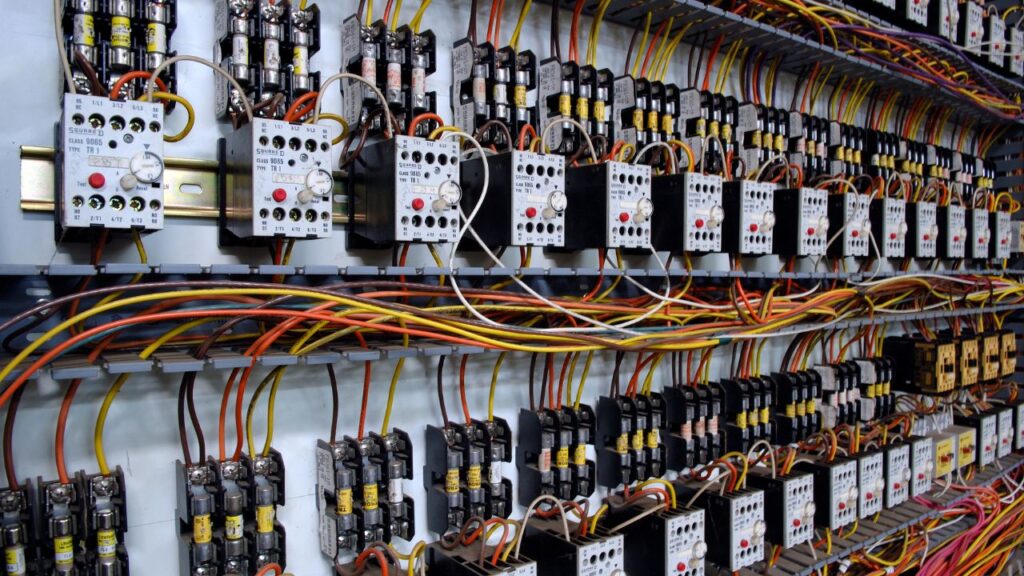
Thinking of an electrical upgrade for your 2100 sq ft house? At Estimate Florida Consulting, costs typically range from $7 to $20 per square foot, totaling between $14,700 and $42,000. Linear feet upgrades average $50 to $100 per linear foot. Factors influencing costs include wiring complexity and fixture needs. Our licensed electrical contractors provide detailed quotes tailored to your requirements. We ensure your electrical system meets current safety standards and accommodates modern needs. Contact us for a comprehensive assessment and upgrade plan that aligns with your budget and enhances the functionality and safety of your home.
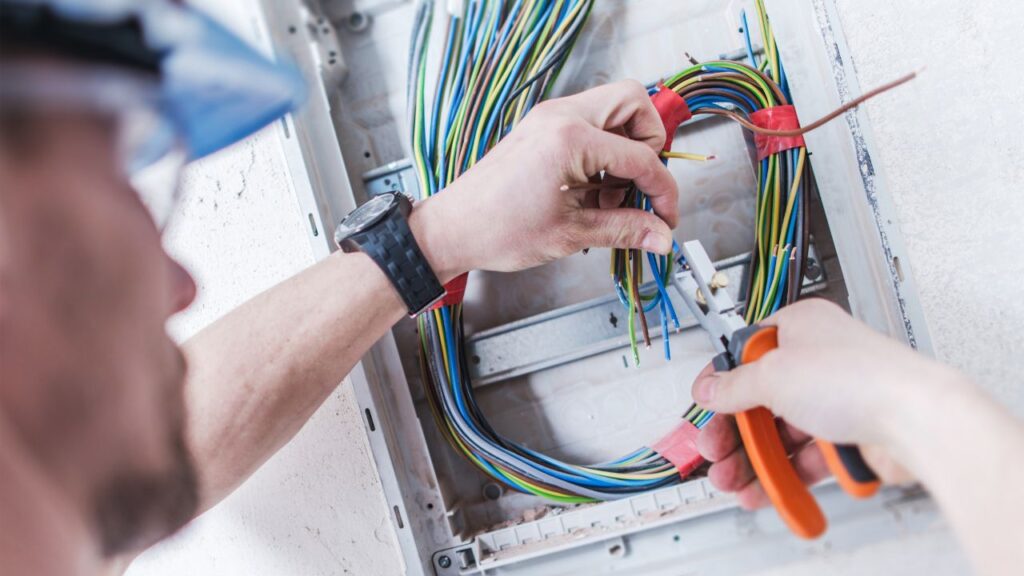

Fully Insured Licensed Hire a Contractor For Electrical
Hire Contractor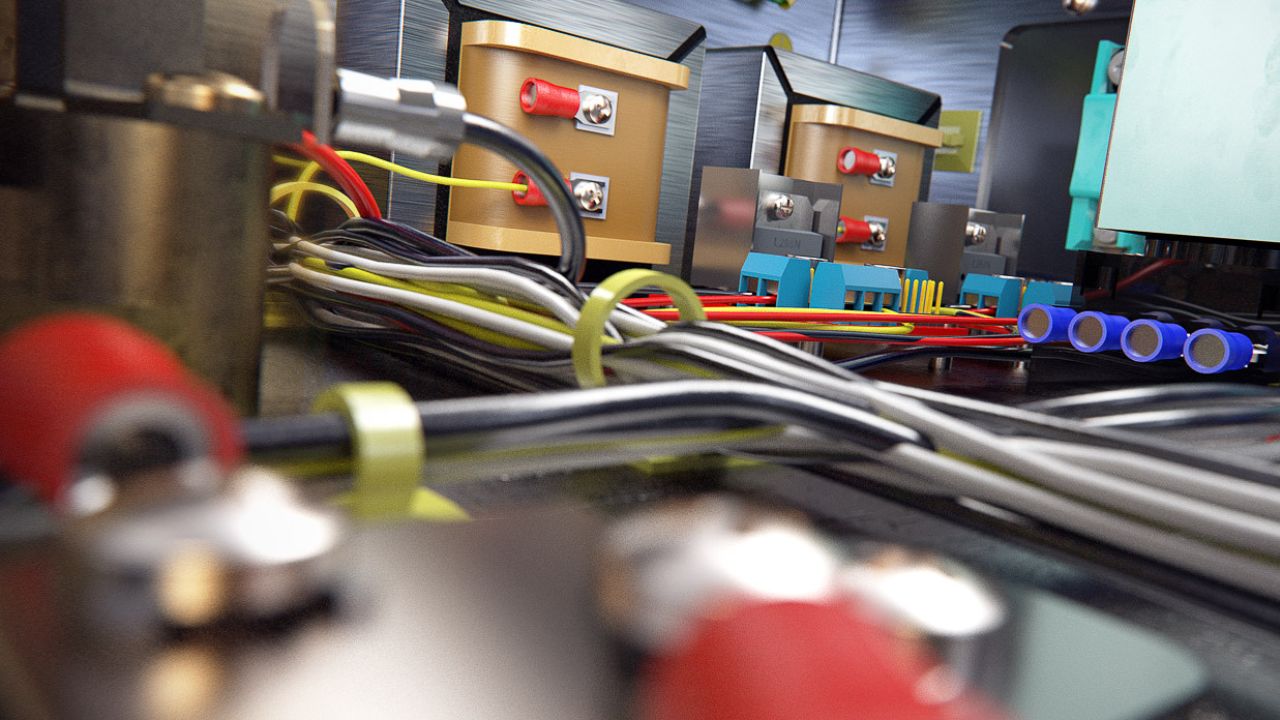
Make Informed Design Decisions Showcase Your Design Ideas
Get RenderingHome rewiring involves the process of replacing or updating the electrical wiring system in a residential house.
This maintenance task is essential for ensuring a safe and efficient electrical system within a home. Over time, wiring can deteriorate, become outdated, or pose safety hazards due to wear and tear.
Electricians play a crucial role in performing rewiring tasks, as they are trained to assess, install, and repair electrical systems. Proper wiring is vital for households to prevent electrical fires, reduce the risk of electrical shocks, and ensure that appliances and devices operate smoothly without any disruptions. By investing in home rewiring, homeowners can improve the overall safety and functionality of their living spaces.
An electrical upgrade is necessary to ensure the safety of occupants, comply with electrical codes, enhance home improvement projects, increase electrical capacity, and upgrade outdated electrical components and services.
With advancements in technology and the increasing electrical demands of modern appliances and devices, older electrical systems may struggle to keep up, posing a potential fire hazard. By upgrading your electrical system, you not only mitigate these risks but also pave the way for a more efficient and reliable operation of your home’s electrical infrastructure.
A well-planned electrical upgrade can add value to your property, improve energy efficiency, and provide a more sustainable living environment for you and your loved ones.
Embarking on an electrical upgrade for your 2100 sq ft house involves a comprehensive assessment of various factors that influence the overall cost. At Estimate Florida Consulting, we take pride in our meticulous approach, tailoring cost estimates to meet your specific needs. Let’s delve into the key elements that play a crucial role in determining the cost of an electrical upgrade:
The size of your house is a pivotal factor affecting the cost of the electrical upgrade. With costs typically ranging from $7 to $20 per square foot, the total expense for a 2100 sq ft house falls within the range of $14,700 to $42,000. This includes various components such as rewiring, installation of new outlets, and upgrading fixtures to modern standards.
If your electrical upgrade involves extending or installing new lines, the linear footage plays a significant role. The average cost for linear feet upgrades ranges between $50 and $100 per linear foot. Our detailed assessment ensures accurate calculations based on your specific linear footage requirements.
The complexity of your home’s existing wiring system can impact the overall cost. Older homes may require more intricate rewiring, necessitating a closer examination by our licensed electrical contractors to determine the extent of the upgrade needed.
The type and number of fixtures you plan to install or replace contribute to the overall cost. While opting for energy-efficient fixtures may initially incur higher costs, it promises long-term savings on energy bills. Our team considers your aesthetic preferences and functional requirements to provide a detailed cost breakdown.
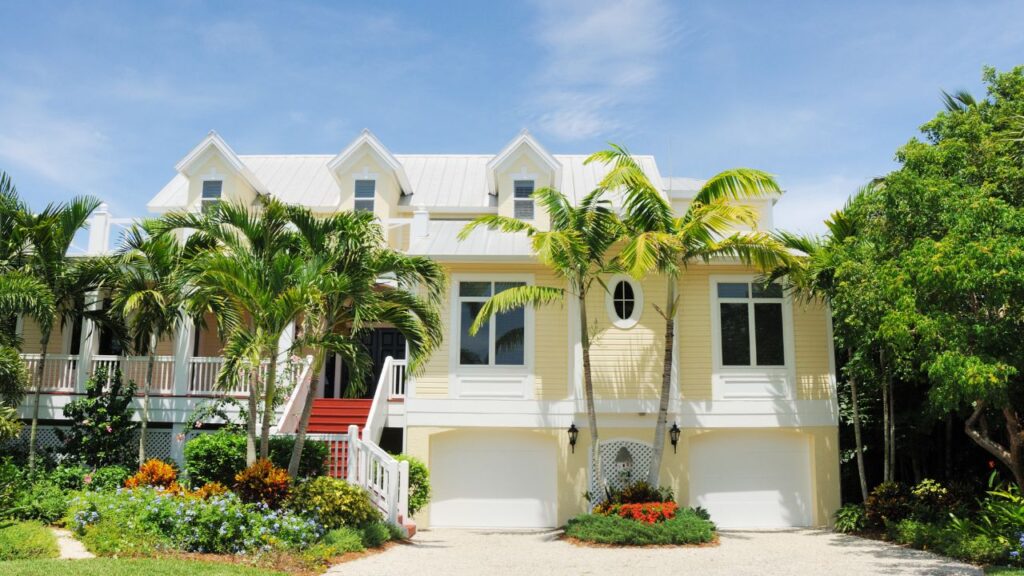
An essential consideration is the potential need for an electrical panel upgrade. Outdated or insufficient panels must be replaced to ensure your electrical system can accommodate modern appliances and technologies. The cost varies depending on the size and complexity of the electrical panel, a crucial aspect for enhancing the efficiency and safety of your electrical system.
Local building codes often mandate permits for electrical upgrades, accompanied by associated fees. Moreover, inspections may be necessary to ensure compliance with safety standards. Our team factors these regulatory requirements into the overall cost estimate, ensuring a smooth and compliant upgrade process.
Several warning signs signal the necessity for an electrical upgrade, including frequent circuit breaker trips, flickering lights, outdated panels, overloaded outlets, and the presence of burning smells, indicating potential safety hazards.
These indicators should not be overlooked, as they could lead to more significant issues if left unaddressed.
Circuit breaker trips are not just an inconvenience but also a sign of electrical overload, which can pose fire risks.
Flickering lights might seem minor but could be a symptom of faulty wiring or voltage fluctuations.
Outdated panels may struggle to handle modern electrical demands, increasing the likelihood of electrical fires.
Outlet overloads can strain the system, causing overheating and potential short circuits.
The presence of burning odors is a red flag that should prompt immediate investigation to prevent dangerous electrical incidents.
Frequent circuit breaker trips are a clear indication of electrical issues that require immediate attention, necessitating thorough electrical inspections to identify and rectify potential problems.
These repeated trips can be warning signs of overloaded circuits, faulty wiring, or malfunctioning appliances. Ignoring these warnings could lead to more serious electrical hazards, such as electrical fires or electrical shocks. Therefore, it is crucial to conduct detailed inspections by a qualified electrician to pinpoint the root cause of the circuit breaker tripping. By addressing these issues promptly, homeowners can ensure the safety of their electrical system and prevent costly damage in the long run.
Flickering lights can be a symptom of underlying electrical issues related to fixtures, wiring, or connections, necessitating thorough inspections to assess the extent of the problem and determine the required corrective actions.
When lights flicker, it may indicate a loose light fixture that needs to be tightened or replaced. Poor connections within the fixture or faulty wiring can also be culprits.
In some cases, outdated or overloaded wiring systems can lead to flickering lights. To effectively address these issues, it is essential to conduct a detailed inspection of the electrical components. Identifying the root cause is crucial to prevent potential fire hazards or electrical malfunctions down the line.

An outdated electrical panel poses safety risks and operational limitations, necessitating the expertise of electricians to upgrade and replace the panel with modern, compliant versions for enhanced electrical service reliability.
These panels, often found in older homes or buildings, may struggle to meet the increased power demands of contemporary appliances and devices, leading to overloaded circuits and potential fire hazards. Outdated panels may lack the necessary features such as ground fault circuit interrupters (GFCIs) or arc fault circuit interrupters (AFCIs) that are essential for protecting against electrical shocks and fires.
By entrusting licensed electricians to assess and update the panel, homeowners can ensure their electrical systems are up to code, promoting a safer and more efficient living environment.
Overloaded outlets indicate excessive power demands that surpass the electrical capacity, necessitating upgrades to outlets and the electrical system to distribute power safely and prevent potential hazards.
This situation can pose significant risks, including overheating, short circuits, and even electrical fires. By continuously drawing more power than the outlet or electrical system can handle, there is a higher chance of damaging the wiring, insulation, and devices connected to the overloaded outlets. Inadequate management of power loads can lead to long-term electrical damage and costly repairs.
To mitigate these dangers, one must consider upgrading outlets to higher capacity ones, implementing system enhancements like circuit breakers, and ensuring a balanced distribution of electrical loads throughout the property.
A burning smell emanating from electrical components indicates critical issues that require immediate attention, highlighting potential fire hazards and the importance of adhering to electrical standards in repair and upgrade activities.
Ignoring a burning smell in electrical systems can lead to catastrophic consequences, posing a severe threat to property, individuals, and even entire buildings. The presence of such odors often signifies overheating or internal damage, necessitating swift intervention by qualified professionals to prevent further escalation.
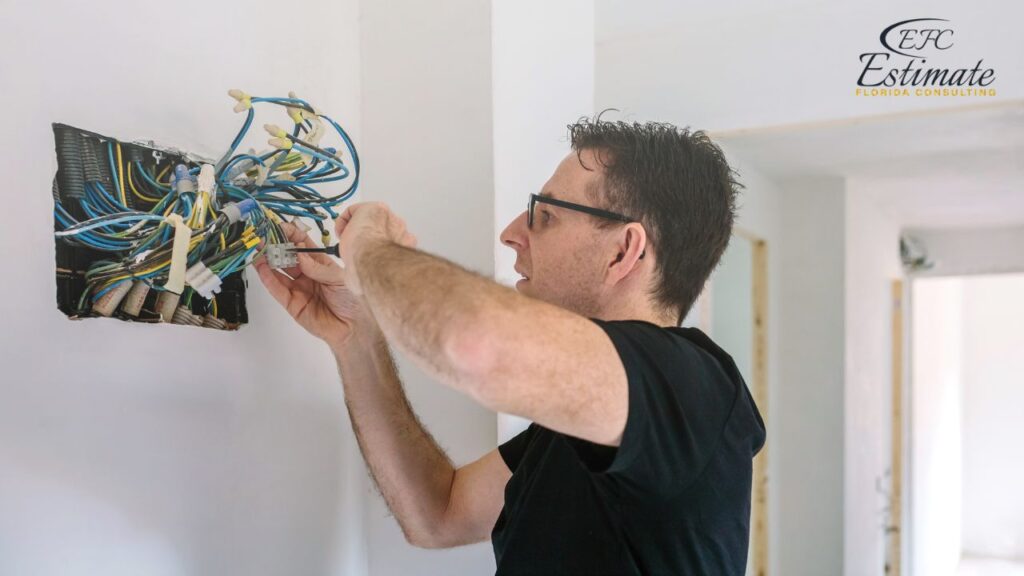
It’s crucial to understand that electrical systems are intricate and any neglect in addressing warning signs can result in substantial financial losses or even endanger lives. Prioritizing regular maintenance, proper installation, and quick response to potential hazards are essential pillars of a proactive approach towards electrical safety and risk management.
The cost of an electrical upgrade for a 2,100 sq ft house varies based on specific project requirements and scope, with estimates spanning from basic to mid-range and high-end enhancements. Factors influencing pricing include existing wiring infrastructure, fixture counts, system complexity, and any need for specialized equipment or materials. Accessibility of wiring, required expertise, permits, and inspections can also impact overall costs. Basic upgrades typically range from $7 to $10 per sq ft, mid-range upgrades from $12 to $15, and high-end upgrades from $18 to $20 per sq ft. Additionally, linear foot upgrades average $50 to $100. Careful consideration of labor, materials, potential issues, and desired enhancements within budget constraints is crucial for successful electrical upgrade planning.
The cost of an electrical upgrade for a 2,100 sq ft house can vary based on the specific needs and scope of the project. However, for a basic upgrade, which typically involves essential improvements to the electrical system without significant alterations or additions, homeowners can expect to pay an average of $7 to $10 per square foot. This would result in a total cost ranging from approximately $14,700 to $21,000 for the entire house. It’s important to consult with licensed electricians to assess individual requirements and obtain accurate cost estimates tailored to the project’s specifics.
The cost of an electrical upgrade for a 2,100 sq ft house can vary based on the specific needs and scope of the project. For a mid-range upgrade, which may include more comprehensive improvements than a basic upgrade but not as extensive as a high-end upgrade, homeowners can expect to pay an average of $12 to $15 per square foot. This would result in a total cost ranging from approximately $25,200 to $31,500 for the entire house. It’s essential to consult with licensed electricians to assess individual requirements and obtain accurate cost estimates tailored to the project’s specifics.
The cost of an electrical upgrade for a 2,100 sq ft house can vary based on the specific needs and scope of the project. For a high-end upgrade, which typically involves extensive improvements using premium materials and advanced technology, homeowners can expect to pay an average of $18 to $20 per square foot. This would result in a total cost ranging from approximately $37,800 to $42,000 for the entire house. It’s crucial to consult with licensed electricians to assess individual requirements and obtain accurate cost estimates tailored to the project’s specifics.
An electrical upgrade offers numerous benefits, including enhanced safety measures, improved energy efficiency, increased property value, and upgraded electrical components to support modern appliances and technologies.
By investing in an electrical upgrade, homeowners can ensure that their property meets current safety standards, reducing the risk of electrical fires and hazards. The improved energy efficiency of upgraded systems leads to lower utility bills, translating into long-term cost savings. Not only does this enhance the overall value of the property, but it also makes it more attractive to potential buyers in the future. With upgraded components, homeowners can seamlessly integrate their smart devices and appliances, taking advantage of the convenience and connectivity offered by modern technologies.
One of the primary benefits of an electrical upgrade is the heightened safety it provides, ensuring compliance with electrical codes, enhancing overall electrical service reliability, and minimizing the risk of hazards.
By adhering to updated codes, such as the National Electrical Code (NEC), an electrical upgrade can significantly reduce the chances of electrical fires and shocks. Implementing service reliability enhancements through modern components and technologies not only improves performance but also lowers the probability of sudden outages, ensuring continuous power availability. Hazard mitigation measures like proper grounding and insulation help create a secure electrical environment, safeguarding occupants and assets against electricity-related dangers.
Enhanced energy efficiency is a key advantage of an electrical upgrade, involving meticulous planning to optimize electrical capacity, reduce wastage, and promote sustainable energy consumption in residential settings.
By strategically upgrading electrical systems, individuals can not only enhance their energy efficiency but also contribute to a more sustainable future. Through the installation of energy-efficient appliances and lighting, along with the implementation of smart technologies, homeowners can seamlessly integrate sustainable energy practices into their daily lives. Such initiatives not only reduce electricity consumption but also lead to long-term cost savings and a reduced carbon footprint. This shift towards energy efficiency is crucial in today’s world, where the emphasis on environmental responsibility is higher than ever.
An electrical upgrade can elevate the property value by showcasing modern electrical systems, recent renovations, and enhanced electrical functionality that align with the expectations of prospective buyers and reflect overall home improvement efforts.
Potential buyers are increasingly seeking properties with upgraded electrical systems that offer the convenience of smart home technology and energy-efficient features. By investing in these upgrades, homeowners not only improve the functionality and safety of their property but also enhance its market appeal.

A well-executed electrical upgrade brings the property in line with current market standards, making it more competitive and desirable to discerning buyers. This increased attractiveness and functionality can significantly impact the overall valuation of the property, ultimately leading to a potential increase in its market worth.
Upgraded electrical components and fixtures enable properties to accommodate modern appliances seamlessly, providing the necessary infrastructure and compatibility for the efficient operation of contemporary household devices.
These electrical upgrades play a crucial role in enhancing the overall functionality and performance of the latest household gadgets. By ensuring that the wiring systems, outlets, and circuits meet the power requirements of advanced appliances, homeowners can enjoy a seamless integration of technology into their living spaces. The reliability and safety of the electrical infrastructure are also significantly improved through these upgrades, reducing the risk of electrical hazards and ensuring smooth operation of high-power devices. Upgraded fixtures offer increased energy efficiency, contributing to reduced electricity consumption and lower utility bills.
The duration of an electrical upgrade project varies based on factors such as project scope, permit acquisition processes, and the complexity of tasks involved, with large-scale upgrades involving panel installations potentially taking longer to complete.
Factors like the availability of materials and equipment, as well as the schedule of skilled labor, also play a significant role in determining the overall timeline for an electrical upgrade project.
The coordination required among different trades, such as electricians and inspectors, can impact the speed at which the project progresses. Permit requirements can introduce delays, as obtaining necessary approvals may take time and add to the project duration.
It’s crucial for project managers to plan effectively and account for these various elements to ensure a successful and timely completion of the upgrade.
From small to large projects, residential to commercial, we’re here to help you win. Fast results guaranteed.
Investing in a full electrical upgrade for your 2100 sq ft house offers a multitude of benefits, including enhanced safety, improved energy efficiency, increased property value, and the ability to accommodate modern appliances and technologies. At Estimate Florida Consulting, our licensed electrical contractors are dedicated to providing tailored solutions that meet your specific requirements and budget. By addressing factors such as wiring complexity and fixture needs, we ensure that your electrical system meets current safety standards and enhances the functionality of your home. Contact us today for a comprehensive assessment and upgrade plan, and let us help you create a safer, more efficient, and technologically advanced living environment for you and your family.
The cost typically ranges from $7 to $20 per square foot, totaling between $14,700 and $42,000. Linear feet upgrades average $50 to $100 per linear foot. Factors influencing costs include wiring complexity and fixture needs.
An electrical upgrade is a comprehensive process involving modernizing the electrical system in a residential property to meet current safety standards and improve functionality. It includes replacing outdated wiring, updating electrical panels, and installing additional outlets.
Electrical upgrades are necessary to ensure safety, comply with codes, enhance home improvement projects, increase electrical capacity, and upgrade outdated components. Modern appliances and devices demand more power, necessitating upgrades for safety and efficiency.
Factors such as house size, age of the property, type of electrical system, accessibility of wiring, labor costs, and material expenses influence the overall cost of an electrical upgrade.
Signs include frequent circuit breaker trips, flickering lights, outdated panels, overloaded outlets, and burning smells. These indicate potential hazards and the need for immediate attention to prevent electrical incidents.
Here I am going to share some steps to get your How Much is a Full Electrical Upgrade For a 2100 sq ft House Rewiring estimate report.
You can send us your plan on info@estimatorflorida.com
Before starting your project, we send you a quote for your service. That quote will have detailed information about your project. Here you will get information about the size, difficulty, complexity and bid date when determining pricing.
Our team will takeoff and estimate your project. When we deliver you’ll receive a PDF and an Excel file of your estimate. We can also offer construction lead generation services for the jobs you’d like to pursue further.



561-530-2845
info@estimatorflorida.com
Address
5245 Wiles Rd Apt 3-102 St. Pete Beach, FL 33073 United States
561-530-2845
info@estimatorflorida.com
Address
5245 Wiles Rd Apt 3-102 St. Pete Beach, FL 33073 United States
All copyright © Reserved | Designed By V Marketing Media | Disclaimer